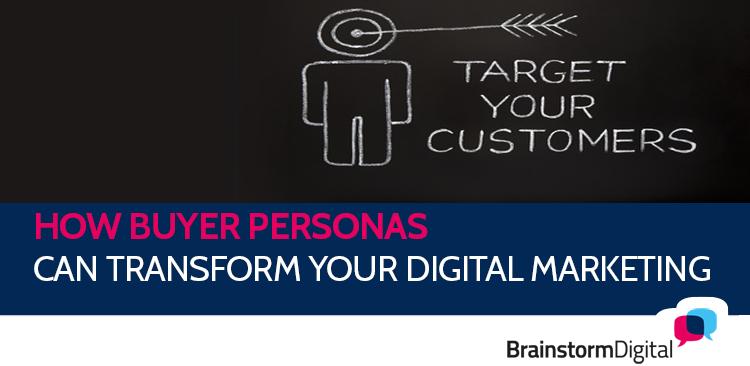 Samantha Bass is a 34-year-old mother of two who has a family history of cancer. As a result, she is obsessive about her own children’s health, making frequent doctor’s appointments, eating well and insisting on family exercise.
Samantha Bass is a 34-year-old mother of two who has a family history of cancer. As a result, she is obsessive about her own children’s health, making frequent doctor’s appointments, eating well and insisting on family exercise.
Until recently, she had health insurance through her parents, but now they’ve decided it’s too expensive, and she’ll have to take out her own cover.
The catch: Samantha isn’t a real person. She is a ‘buyer persona’ – a fictional representation of an ideal client created for a company selling health insurance.
The company knows a lot about her: what she looks like (she has a profile that includes a picture), what her background is, what she thinks about her family’s health issues, her internet habits and what factors might influence her decision to buy health insurance. Other personas might even have a video profile.
Why did they create her? To make sure their digital marketing programme was as efficient as possible. The company used Samantha to figure out what its strategy should be on social media to attract clients just like her. Then, when running the campaign, they referred to her regularly to ensure that the material they were producing day by day would appeal to her. The result was a far more personal, audience-focused programme than they would have had otherwise.
Here are 7 reasons buyer personas are crucial, in order to be successful on social media:
1. Knowing your audience is key. The key challenge to social media success is knowing as much as possible about the potential clients you are trying to reach. Social media is about developing relationships with them, speaking their language and speaking to their concerns, and those are very hard to do if you don’t know who you’re talking to.
Buyer personas are a way of developing a really deep understanding of your targets’ thoughts, worries and mentality – and then representing them in a way that is easily understandable by your team.
2. Facts are crucial. Most companies think they know their clients really well – but are often wrong, basing their assumptions on outdated or incomplete information, or on outright assumptions. The process of creating buyer personas clarifies much of this.
Depending your needs and budget, you can use interviews with key team members, market research and focus groups to get a very good sense of what makes certain clients buy – or not. By relying on solid information, your marketing will be far more effective.
3. The process prevents misunderstandings. It’s entirely possible that each member of your team has a different idea of who your target audience is. The persona creation process makes sure everyone’s on the same page.
4. Segment your audience. It is unlikely that you are targeting just one type of client. Your marketing material probably has to address several – the insurance company that created Samantha, for example, also created a corporate persona and an entrepreneur persona.
The persona creation process allows you to figure out what your main target groups are, what their distinguishing characteristics are, and how best to reach each one.
5. Get in-depth knowledge. Because you are building up a psychological profile of your buyers, the knowledge you generate when building personas is very deep, far deeper than generated when all you know is their demographic information or which products sell better than others. Ideally, qualitative research is involved.
The focus is on exactly what might make your targets buy from you. Actionable insights you want include:
- Personal information that might influence their buying decisions (important for B2B as well as B2C)
- What are your clients’ top priorities?
- What are the main differences between them and similar groups who do not buy from you?
- What parts of your products are most critical to your clients?
- What holds them back from buying your product?
- Who else do they need to persuade before they can buy from you?
- Where do your target clients hang out online?
And much more.

6. Personas bring your customers to life. Once you have all the relevant info, why not just put them in a document? Why create a persona?
More than a page of facts or figures, buyer personas help companies and their marketers get into the heads of their client and stay focused on their needs. A buyer persona brings dry information to life, making the target clients much easier to visualise and plan for. Teams can relate to personas!
7. Personas can remain part of your long-term strategy. If personas are used properly, they will become embedded into your team’s culture. Your copywriters will know automatically whether a given piece of content should target “Samantha”, “Jack” or “Diana”, and if so, what topic and tone is most suitable.
In planning sessions, members of staff can even champion or role-play one of them, helping to generate more content ideas and to develop a strong sense of how your target clients will react to your campaign.
Because the characters feel real, they are less likely to be forgotten than a folder full of dry facts and figures – but no face.
Have you ever used personas for your digital marketing? What difference did it make to you? Let us know in the comments!
Miriam Shaviv is director of content at Brainstorm Digital
If you liked this piece, you might enjoy:
- Think you know your audience? Prove it!
- Face it: Your customers are just not that into you
- Dear Pharma companies: Stop talking about yourselves!






